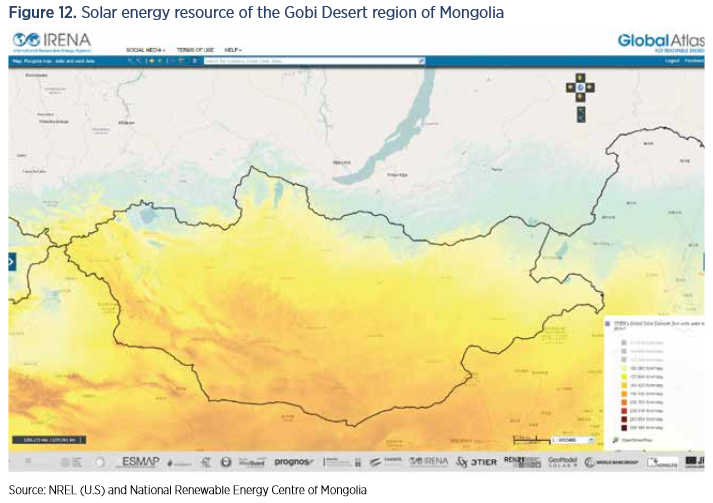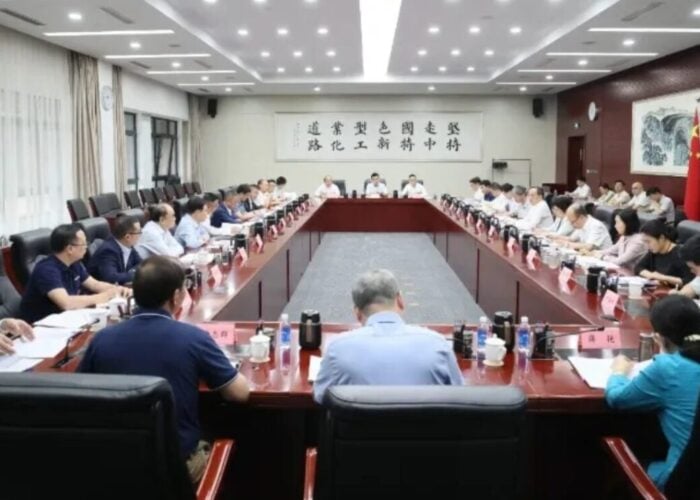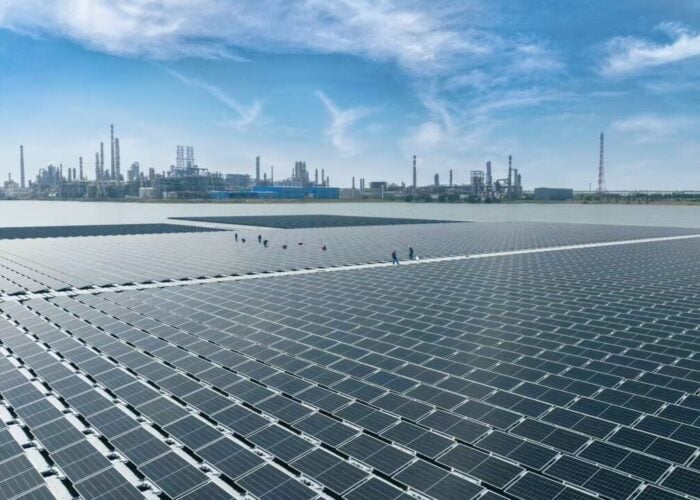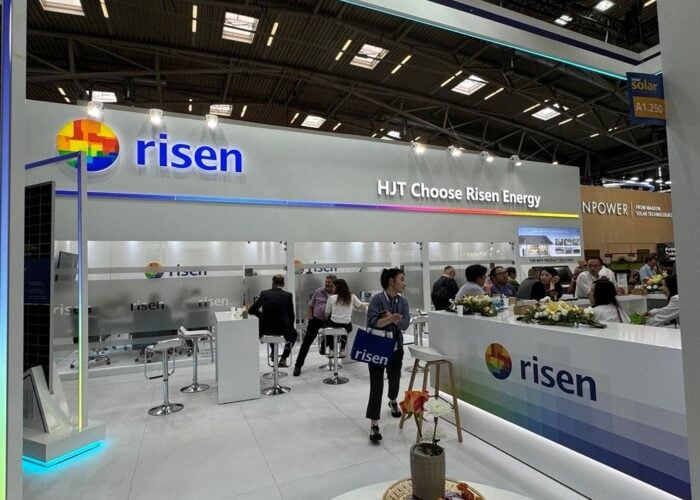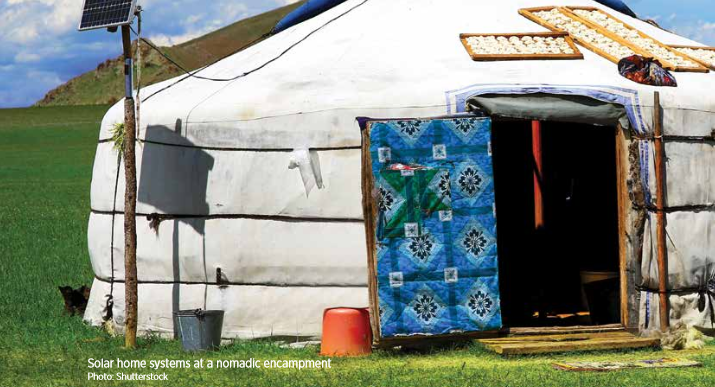
Mongolia’s mostly untapped renewable resources could be used to kick-start a major cross border power corridor between Russia, Mongolia, China, South Korea and Japan, according to a new study.
Excellent solar and wind resources in the Gobi Desert, some of which is in Mongolia and the rest in China, mean that the country has a vast renewable energy potential of 2.6TW, claimed the report ‘Renewables Readiness Assessment: Mongolia’ from the International Renewable Energy Agency (IRENA) and Mongolia’s Ministry of Energy.
Unlock unlimited access for 12 whole months of distinctive global analysis
Photovoltaics International is now included.
- Regular insight and analysis of the industry’s biggest developments
- In-depth interviews with the industry’s leading figures
- Unlimited digital access to the PV Tech Power journal catalogue
- Unlimited digital access to the Photovoltaics International journal catalogue
- Access to more than 1,000 technical papers
- Discounts on Solar Media’s portfolio of events, in-person and virtual
Mongolia’s installed power-generation capacity is currently made up of just 7% from renewables, mainly from hydropower. However, the government has set a target of 20% renewable by 2023 and 30% by 2030. Having had to rely on Russian energy imports to cover short-term contingency needs and on China to power its southern towns, Mongolia aims to use its huge renewable resources to become a net exporter of energy in the future.
While the country neighbours Northern China, recent reports suggest that grid curtailment issues could hamper any meaningful exports of power from Mongolia to China at present. For example, China’s National Energy Administration (NEA) recently claimed that grid curtailment issues continue to plague some provinces with Gansu (31%) and Xinjiang (26%) particularly badly hit. These worst hit states also happen to border Mongolia. Solar developer United PV also reported last year that it had been impacted by grid limitations in Gansu.
However, Yong Chen, IRENA regional officer for Asia and the Pacific, told PV Tech: “The curtailment occurred in China was caused largely by lack of coordinated energy planning for renewable energy generation and grid development; [and secondly] institutional barriers. Both issues can be resolved. The Chinese government has already stepped up its effort in addressing the curtailment issues. Exporting renewable power from Mongolia to China is a long-term plan, while the curtailment issue would be addressed long before that.”
Nevertheless, the IRENA report also details the potential for an Asian Super Grid (ASG) development and the ‘Gobitec intitiave’, which proposes to connect locations of high energy demand with the Gobi Desert via power corridors, however the ASG concept has been under discussion for a decade already. If undertaken it would connect Russia, Mongolia, China, South Korea and Japan, taking regional electricity markets in Europe and the Greater Mekong sub-region as precendents.
Chen said: “It is hard to speculate on how much time it would take, but it is certainly a long-term plan. It might take years to build political trust and to structure the project based on the feasibility studies that have yet to be done. Having said that, IRENA has recommended a step-by-step approach, starting with smaller projects in line with the strategic plan for developing the ASG.
“The Asian Development Bank – with support from China and South Korea, for instance – has approved a US$1.75 million technical assistance project to support the development of strategic action plans under the ASG concept. So, gradually we are seeing growing interest from the ASG countries.”
The report said the ASG would bring increased energy security and cost advantages to the region with access to low-cost renewable-sourced electricity from Mongolia. It would also diversify Mongolia’s economy along with various environmental benefits.
However, the study claimed: “Due to the large geographical extent of the Gobi Desert region, along with the projected high upfront costs, the ASG project is facing an extraordinary set of technical and political challenges that hinder the progress of the project beyond its preliminary phase. Serious considerations of the technical, political, and socio-economic requirements, barriers, and implications must be carefully studied.”
Mongolia’s parliament recently adopted broad measures aimed at future sustainability including the Green Development Policy and the Law on Energy Conservation and Efficiency.
Zorigt Dashzeveg, minister of energy, said: “This new legislation enables Mongolia to provide energy security and reliability, improve energy efficiency, pursue public-private partnerships and create a market-oriented framework for the sector.”
IRENA also unveiled its 2016 REmap, a roadmap for doubling the world's share of renewable energy in the overall energy mix to 36% by 2030, at last week's Berlin Energy Transition Dialogue, an event promoting international cooperation and lessons learned from Germany's own Energiewende over the past 30 years.
